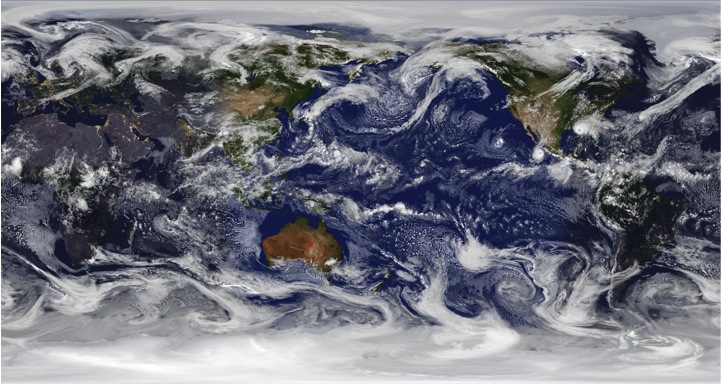The NOSC website will be retired on July 1, 2025. The notice of this change can be found on the Notice of Changes page on the NESDIS website. For NOAA staff, the password-protected materials from the NOSC website are available on the NOSC Internal Google Site. The public-facing documents which were previously available on the NOSC website, such as the EDMC's Procedural Directives, are now available on the NOAA Institutional Repository website. Please direct any questions to nosc.webmaster@noaa.gov.
- OSC Home
- OSC TOR
- Monthly OSC Meetings
- Emerging Tech Workshop
- OSC Membership List
- Contact us
- QOSAP
- Request data and analytics
- Observing System Visualization
- Baseline of NOAA's Observing Systems
- NOSIA-II Methodology Report
- Validated Observation Requirement Documents
- Documents on GoogleDrive
- NOSC: NOAA Observing Systems Council
- NOAA DGC: Data Governance Committee
- SAE TPIO Google Site (NOAA Login)
Quantitative Observing System Assessment Program (QOSAP)
The NOAA Quantitative Observing System Assessment Program (QOSAP) coordinates the assessment of the impact of current and new observations across the different NOAA Line Offices. QOSAP uses observing system experiments (OSEs) and observing system simulation experiments (OSSEs) as effective techniques to evaluate the impact of the different observation types. These studies help NOAA management prioritize mission designs in a cost-effective way by analyzing tradeoffs in the design of proposed observing systems.
QOSAP’s primary objective is to improve quantitative and objective assessment capabilities to evaluate operational and future observation system impacts and trade-offs to assess and to prioritize NOAA’s observing system architecture. More specifically, QOSAP’s main focuses are (1) increase NOAA’s capacity to conduct quantitative observing system assessments, (2) develop and use appropriate quantitative assessment methodologies, and (3) inform major decisions on the design and implementation of optimal composite observing systems.
On September 10, 2023, QOSAP moved from the Office of Oceanic and Atmospheric Research (OAR) Atlantic Oceanographic and Meteorological Laboratory (AOML) to the OAR Office of Research, Transition, and Application (ORTA). The new QOSAP website is linked here.
